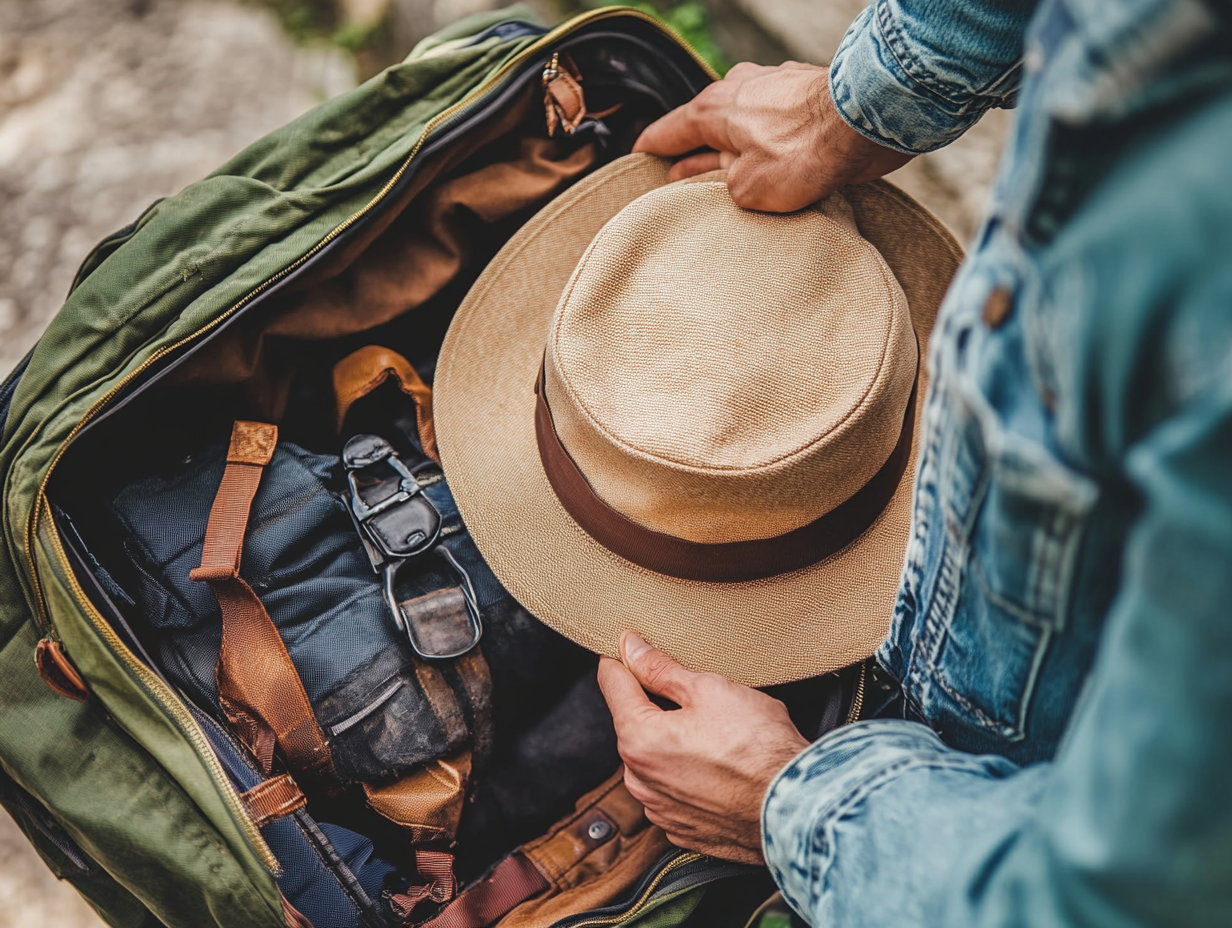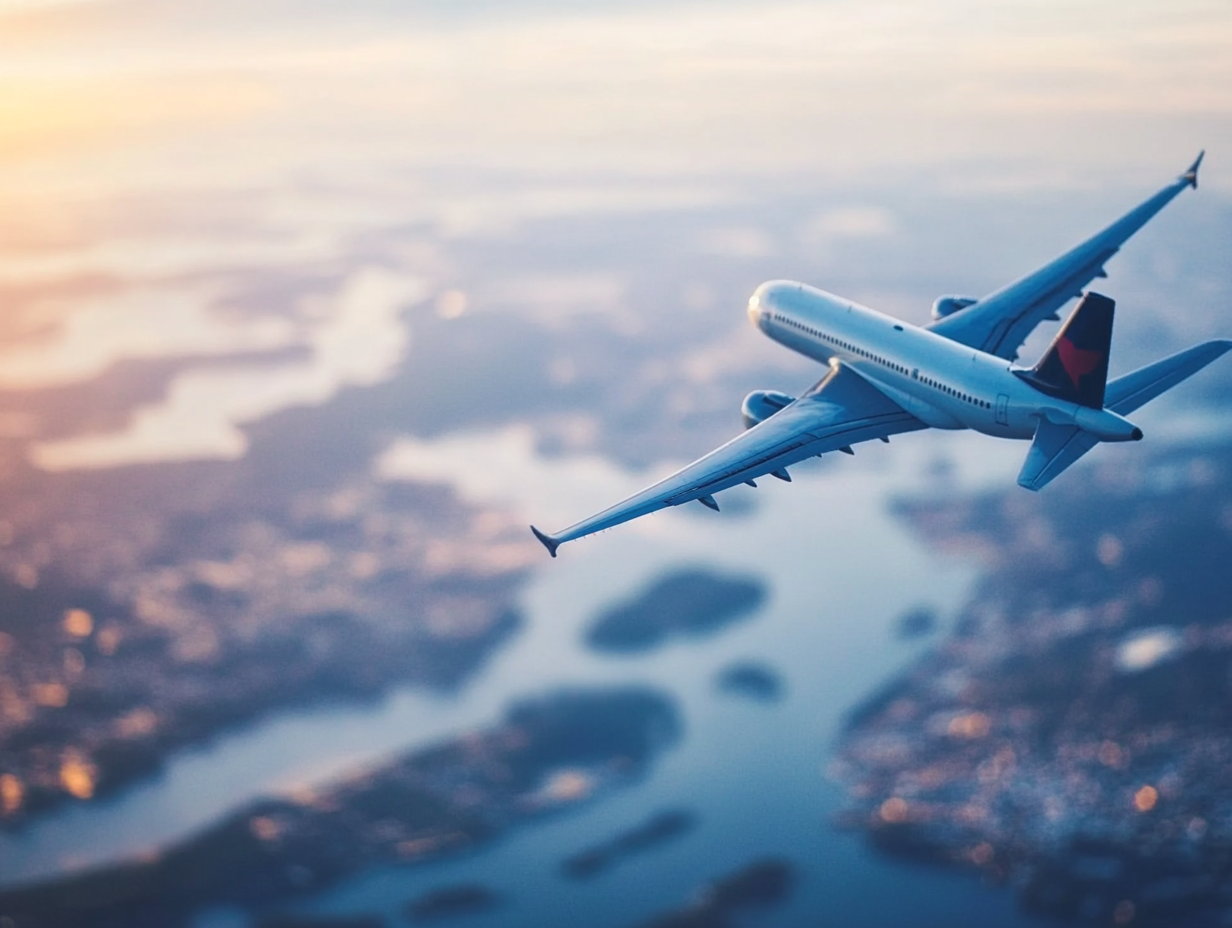For many students, entering the new year and simultaneously getting ready to begin the spring 2025 semester not only means gearing up for classes and returning to campus life, but it also means taking initiative and turning their goals into actual plans of action. And of course, lots of New Year’s resolutions include making wellness-oriented goals which can entail everything from self-care, to physical health and exercise, to nutrition, to mental wellness, and beyond.
For those who are serious about implementing these wellness goals into their student lives, it’s important to not only think about how one can achieve these goals while on campus, but also while they are away. The spring semester includes tons of opportunities for travel, from three-day weekend getaways, to spring break, to months abroad. And just because you are traveling, it doesn’t mean that all your goals need to be put on pause. Sure, it may be more challenging to stick to your wellness goals while traveling, and it will probably involve a bit more preparation and planning ahead of time, but it is not impossible. In fact, continuing to pursue your wellness goals while travelling could help you turn your short-term goals into long-term habits — which can even inspire you to continue these goals once the semester is over, or even after you graduate.
But like… how can you incorporate your wellness goals into your travels? Well, here are a few handy tips.
Create A Schedule
The first thing you should do to ensure you’re making time for your wellness goals while traveling is to actually make time for them. When you’re planning your itinerary for your trip, build in blocks of time that you can dedicate to whatever your wellness goals are. Similar to how you may have a morning self-care routine or weekly exercise regimen while at home, you can ensure you have time while traveling to do these things — even if it’s a modified version of them — as well.
Pack With Your Goals In Mind
Certain goals require certain items. For instance, if your goal is to drink more water, you might want to bring your favorite water bottle or tumbler to help you stay hydrated. If you’re aiming to take certain vitamins, be sure you have them with you. Instead of having to go shopping once you’re at your destination — or, more likely, realizing you don’t have what you need and thus letting your goal fall by the wayside — making sure you’re starting off with what you need will help set you up for success. Some other examples of things you might want to bring with you on your trip are running shoes, hair tools, skin care items, and essential oils.
If you have numerous wellness related goals or a lot of items you need to take with you, it can help you while packing to create a list of all the things you want to take so you don’t forget anything while packing your suitcase.
Find Wellness Classes Or Resources Where You’re Staying
Before you go, consider doing some research on where you’re staying — it might offer some ways to help you stick to your goals! This can include looking up whether or not the hotel or resort you are staying at has a gym, or if the city you are in has businesses or activities that might align with your goals. With wellness-focused traveling being a huge trend in 2025, many popular destinations are getting in on the fun, such as Disney Springs in Florida, which is offering a variety of free wellness-driven activities during January, or resorts around the world that offer wellness-focused amenities year-round.
Utilize “At Home” Workouts… Not At Home
If you aren’t able to find any wellness classes or gyms near where you will be staying while traveling, you can instead opt to work out at home (and by at home, I mean in your hotel room). You can use simple small equipment, take a jog around your resort, meditate, or get a yoga mat and do some indoor yoga. There are plenty of tutorials online for simple workouts you can do in the comfort of your own room.
Put Your Phone Down
While it is important to document fun memories during your trip, it’s also important to be in the moment and actually enjoy it all. If limiting your overall screen time is a wellness goal you have for 2025, you can maintain this goal while traveling by focusing on the activities you are doing or the sights you are seeing. Or, even if that’s not a specific goal of yours, being present and mindful can actually help you achieve your other goals.



